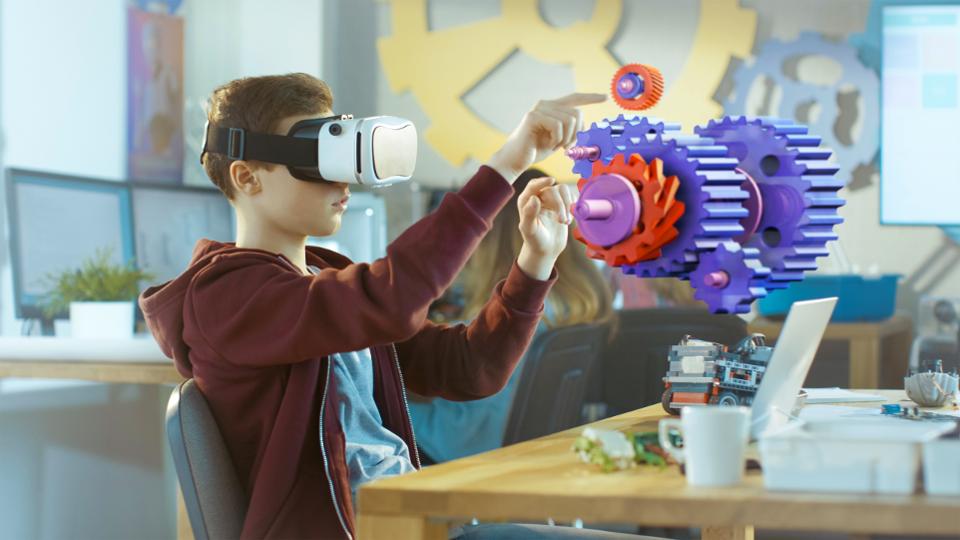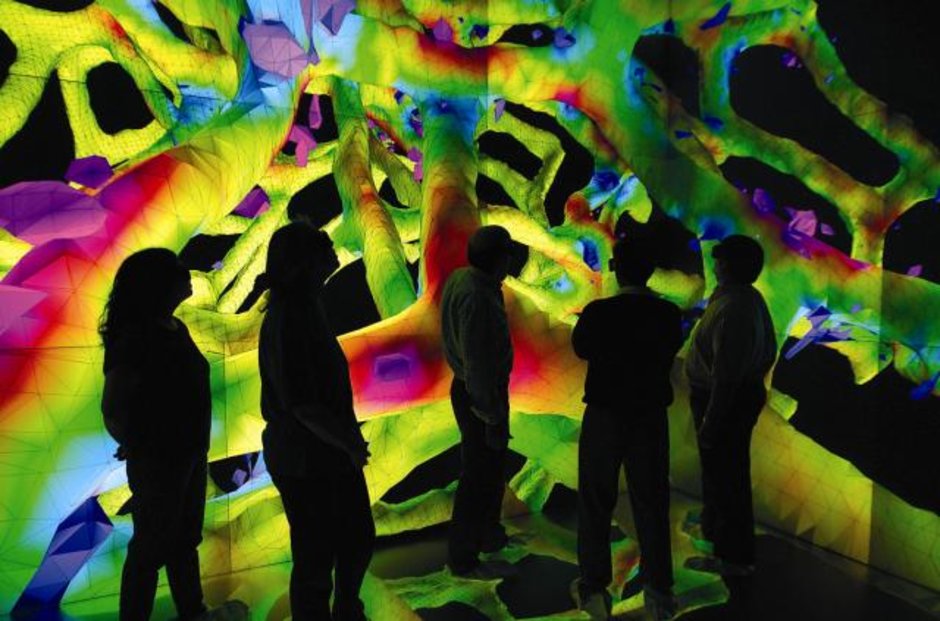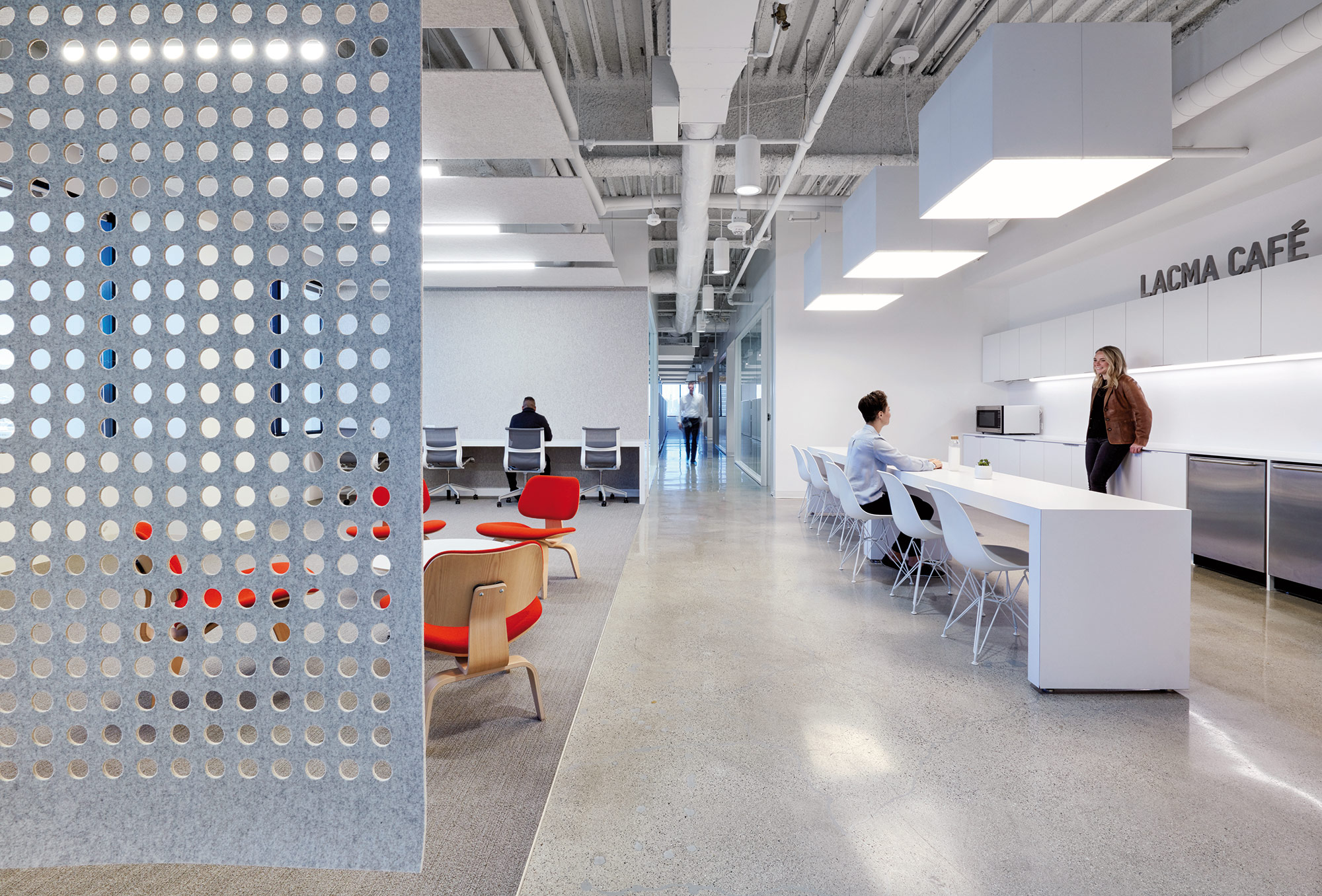Trends in Technology for Education

By Michael Shafer
Technology has become part of the fabric of everyday life. Technology, in some form, impacts the way we work, teach, learn, meet, collaborate, research, heal, travel, communicate or shop. It should come as no surprise that it would be difficult to walk across a campus or into a classroom and not use technology.

Artificial Intelligence
Artificial intelligence (AI) can have many roles as a classroom / education tool. A key student-facing benefit is that AI delivers individualized learning. Duolingo is an AI based language learning app that provides real-time feedback and lessons adapted to the student’s ability or knowledge. This could be used in the classroom or for afterhours personalized tutoring. Carnegie Learning won three awards in 2019 for its AI powered K-12 Math teaching program. These personal adaptive learning experiences can directly improve student engagement, student success and student retention. Microsoft’s Presentation Translator is a free plugin for PowerPoint “that creates live transcripts of a teacher’s lectures in many languages”. AI can also help instructors in the day-to-day functions that take away from interacting with students. Pearson has developed AI software that can automate grading papers.
All of the examples listed above are accessed directly on the internet or from the cloud. The building design requires ubiquitous cellular network coverage and / or robust WiFi coverage to enable best use of AI.
Experiential & Immersive Learning
This a broad category that includes virtual, augmented and mixed reality technologies. They can be used for most any class, but are more commonly seen in technical, science and medical programs. What’s the difference in the three?
Virtual reality (VR) puts the user in a virtual world by use of a headset. Facebook’s Oculus is an example of a VR headset. They can also be as simple as the Google cardboard version.
Augmented reality (AR) superimposes digital objects / images / information in real-time onto a view of the real world. AR can be experienced with headsets, smartphones / tablets or glasses.
Mixed Reality (MR) is where digital and real-world objects co-exist and interact in real-time. Headsets are generally used with software such as Microsoft’s Windows Mixed Reality. A fun, everyday example of MR is Pokémon Go.
Building requirements for best use of experimental and immersive learning depend on how they are being deployed. In the simplest form an individual uses a personal device to participate in any of the three experiences.
In this instance, again, ubiquitous cellular network coverage and/or robust WiFi coverage would be needed.
Alternatively, individuals or groups could participate in any of the three experiences in a purpose-built space.


Internet of Things
The Internet of Things (IoT) allows common, everyday things to collect data, connect and exchange data with other devices, computers or systems. These items can also be remotely sensed, monitored and controlled. IoT technology can be applied across the campus in countless ways; it can increase efficiencies, save energy, time and money, and inform planning.
Examples of how IoT can be used on a campus:
IoT first and foremost impacts process. The discussion starts with what process can IoT make more efficient and what appropriate IoT resources (sensors and software packages) are readily available in the market. It’s quite the undertaking to create an IoT resource from scratch. IoT initiatives revolve around a lot of data being processed (created, transmitted and stored). That requires cellular, wired and wireless network connections associated with IoT to most likely be at a significantly greater scale than traditional technology planning models. The design requires a building with more data outlets and wireless access points (WAPs). Both of those mean more telecommunications copper and fiber, requiring the cable tray and pathway to increase in size. Together, more WAPs and bigger cable tray / pathway impact organizing in-ceiling and above-ceiling space. All of this translates to bigger telecommunication rooms, which impacts floor space.
Technology can transform education; but technology alone is not a solution. There are effective teaching spaces with nothing more than a whiteboard. The key is to ask how technology can improve education outcomes and then determine what technology best supports that mission. The design implications of integrating technology into a space can be far-reaching. It takes intentional planning – not instant action – to be successful.

